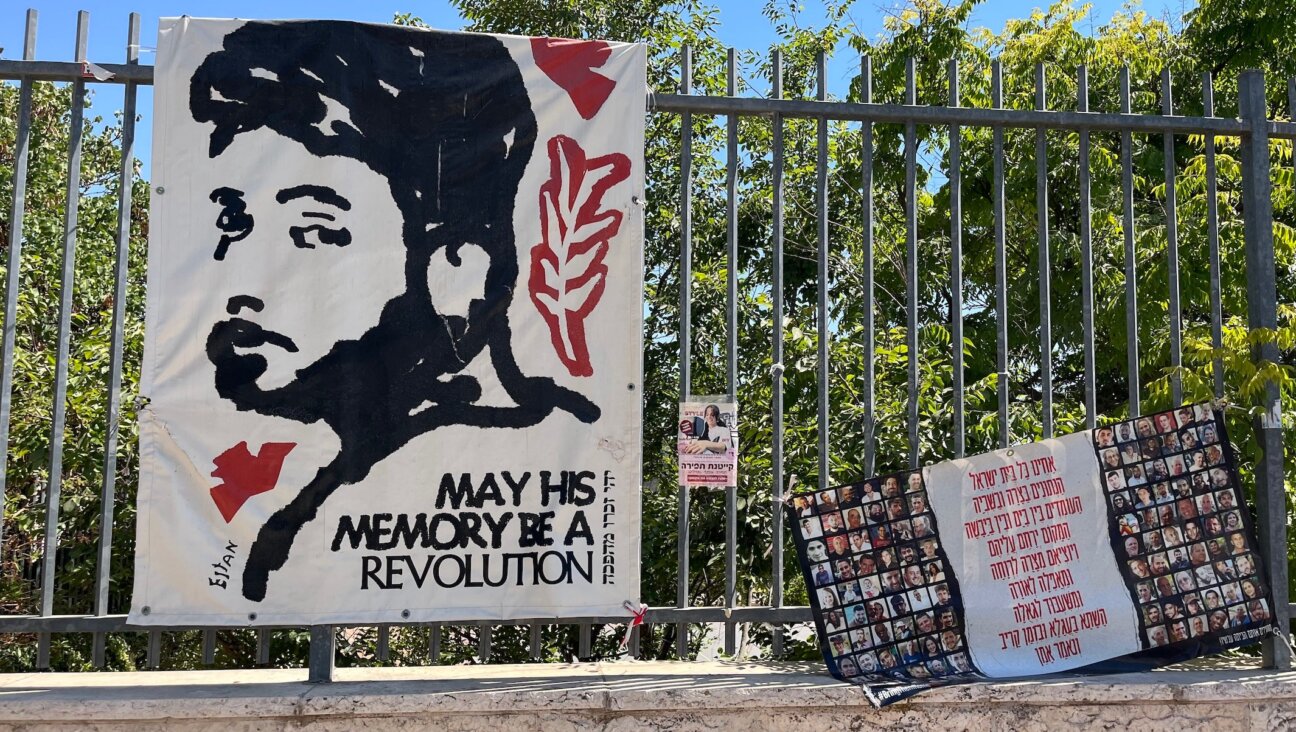It Takes a Community
There’s been considerable coverage these last days of Rosa Parks, whose death a full half-century after the brief episode that rendered her an “icon” calls to mind a long-ago time. But there’s been little evocation of that time, the events and the circumstances that earned Parks iconic status.
The year is 1955, the date is December 1, and the place is the city of Montgomery in the state of Alabama. On that day in that place, a 42-year-old black seamstress named Rosa Parks left the Montgomery Fair department store late in the afternoon for her regular bus ride home. There were 36 seats on the bus, and all of them were soon filled. Twenty-two Negroes took the rear seats, and 14 white people sat in the front.
When a 15th white passenger got onto the bus, the driver called for the four black people in the row just behind the 14 seated whites to move to the rear, where they would have to stand. That was not merely the custom in Montgomery; that was the law. And when Parks refused to give up her seat, the driver, exercising his emergency powers to enforce the segregation codes, arrested her. She was taken to the police station, where she was booked, fingerprinted and jailed.
Martin Luther King Jr. later would describe what Rosa Park did that day in these words: “Mrs. Parks’s refusal to move back was her intrepid affirmation that she had had enough. It was an individual expression of a timeless longing for human dignity and freedom. She was not planted there by the NAACP, or any other organization; she was planted there by her personal sense of dignity and self-respect. She was anchored to that [bus] seat by the accumulated indignities of days gone by and the boundless aspirations of generations yet unborn.”
When Parks’s mother learned of her daughter’s arrest, she immediately contacted E.D. Nixon, longtime president of the Brotherhood of Sleeping Car Porters and perhaps the most politically potent black man in Montgomery. Nixon knew well that Parks was in immediate physical danger, such then being the all too frequent response to violations of the race laws.
Nixon, in turn, called Clifford Durr, a white Southern patrician lawyer, Rhodes scholar and co-sponsor of the legendary Highlander Folk School in Tennessee. Together they went to the jail and posted bond for Parks. And together they proposed to Parks that here, at last, were the makings of a case that could shatter the laws of segregation throughout the South.
Soft-spoken but plainly not timid, Parks, then secretary of the local chapter of the National Association for the Advancement of Colored People, consulted with her mother and with her husband, a barber who was terrified at the prospect of converting this isolated incident into a political cause. But she nonetheless decided to go forward.
Late that Thursday evening, a black woman named Ann Robinson — a professor of English at Alabama State, the youngest of 12 siblings and the first in her family to have gone to college — learned of what had happened and convened the Women’s Political Council, most of whose members were active in Martin Luther King’s Dexter Avenue Baptist Church. That very night, they mimeographed a leaflet that said, “The next time it may be you, or you or you. This woman’s case will come up Monday. We are, therefore, asking every Negro to stay off the buses on Monday in protest of the arrest and trial.”
And that is what happened Monday, from the early morning when buses were normally full of Negro maids on their way to work, and on through the rest of the day. That same afternoon, the Montgomery Improvement Association was founded, and King was elected its president.
That Monday evening, a crowd of perhaps 10,000 Negroes gathered at the Holt Street Baptist Church, and the 26-year-old King delivered there his very first political address. “There comes a time,” King said, “when people get tired of being trampled over by the iron feet of oppression…. We are here because we are tired now.”
And his tired congregation, swollen to nearly 40,000 former bus riders, walked to work, or stayed home, or rode in one of the 150 cars whose owners lent them to the boycott. Through the cold months of winter, they persisted. When the police harassed them, they persisted. When King was arrested, they persisted, and when his house was bombed, they persisted. And they did not stop even when the entire leadership of the boycott was arrested.
Through the winter, through that spring and summer, through the fall and on into a second winter, for 381 days, the Negroes of Montgomery prayed with their feet, miles each way, each day. And finally, on December 20, 1956, the Supreme Court of the United States affirmed the judgment of the U. S. District Court declaring the laws requiring segregation of the buses unconstitutional.
The moral is not immediately obvious. Yes, it’s about what one person can do, but it’s about much more than that.
It’s about leadership and about community organization. Without Parks, King might not have become who he became — but Parks, without Nixon and Durr and Robinson, would not have become an “icon.” And none of them, without 40,000 tired Negroes — ordinary heroes who conquered their fear and ignored their fatigue — would have warranted remembering.
So, what shall we do about persistent, grinding poverty in our country? What in the world does Rosa Parks lying in the Capitol Rotunda mean unless we organize to answer that question?





















